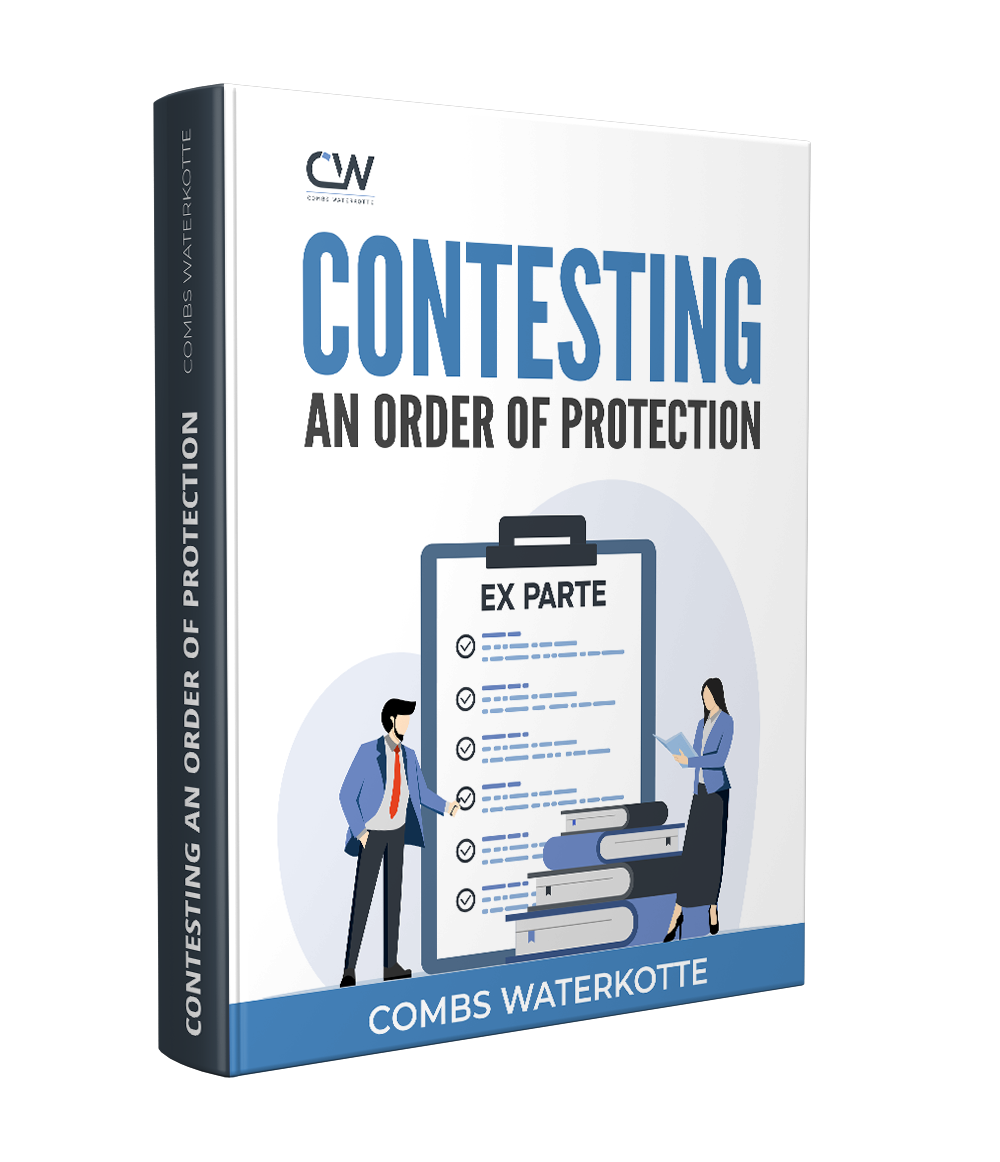When contesting an order of protection, your ability to effectively present your side of the story depends largely on the evidence you gather, the skill and experience of your defense attorney, and how your side is delivered in court. This chapter will guide you through collecting relevant evidence, presenting your defense clearly and confidently, and ensuring you have the best possible legal representation.
Gathering Evidence for an Order of Protection Hearing
The foundation of any solid defense is evidence. Whether you’re defending against allegations of harassment, domestic violence, or stalking, collecting proof that supports your version of events can discredit the petitioner’s claims. Here’s a breakdown of the types of evidence you should focus on:
1. Communications
Collect text messages, emails, voicemails, and social media posts that may show the interactions between you and the petitioner. Look for messages that indicate consent, cooperation, or any signs of false allegations. If the petitioner has contacted you after filing the Ex parte order, this could weaken their case.
Ensure that all communications are preserved in their original format. Screenshots and saved conversations can be very useful in court.
2. Photos, Videos, and Audio Recordings
If the incidents mentioned in the petitioner’s claims happened in public or where surveillance footage is available, try to obtain photos or video evidence that contradicts their version of events. For example, video footage showing that you weren’t present at the alleged time or location can be particularly helpful.
If you have a dog camera, doorbell camera, or other type of camera in your home, you can also use footage from those to dispute the petitioner’s version of events.
Legally obtained audio recordings that show conversations where the petitioner is calm, contradicting claims of being scared or threatened, or where they may have been the aggressor. Under Missouri Revised Statute §542.402, Missouri is a one-party consent state, which means if you are recording a conversation that you are a part of, you don’t need the other person’s permission to record it and can do so without them knowing.
3. Witness Statements
Witnesses who were present during any of the incidents described in the petition can be critical to your defense. Obtain written statements or affidavits from anyone who can provide firsthand accounts of the situation. Your order of protection defense attorney will also likely want them to testify in court. If the petitioner has made claims that involve interactions with others, such as co-workers or neighbors, you can ask those individuals to testify about their knowledge of the situation.
You can also call character witnesses; people who know you and your relationship well and can tell a different story about your relationship.
4. Alibis and Records
If you weren’t at the scene of the alleged incident, secure any alibi information that proves your whereabouts. This could include work logs, receipts, or witnesses who can confirm you were elsewhere.
Keep copies of any previous communications with law enforcement or legal authorities that might contradict the petitioner’s claims or prove a pattern of behavior on their part.
5. Character References
Character references from respected individuals in your community, such as colleagues, employers, or neighbors, can help demonstrate that the allegations made against you are inconsistent with your character or typical behavior. While these references might not speak to the specific incident, they help shape how the court perceives you. You can also call people who know your relationship with the petitioner well and can provide context or a different version of the relationship dynamic.
6. Police Reports
Police records or reports that show no incidents occurred on dates or times mentioned by the petitioner.
Reports of past false accusations or other legal records showing patterns of making unsubstantiated claims.
7. Police Reports
If the petitioner claims you caused physical harm, your own medical records or third-party medical reports can help show that the injuries they claim to have suffered do not align with what you could have done or simply do not exist.
How to Tell Your Side Effectively
Once your evidence is gathered, it’s important to present your case clearly and effectively. Your order of protection defense attorney will instruct you on how to approach telling your side of the story in a way that resonates with the court:
- Stay Calm and Composed: Emotional outbursts can damage your credibility, so it’s important to stay calm during the hearing. The judge will be looking for rational, well-supported explanations. Even if the petitioner makes claims that anger or frustrate you, staying composed will help the court see you as credible.
- Stick to the Facts: Focus on the facts of the case. Avoid making accusations or counterclaims that can’t be backed up by evidence. If the petitioner’s statements are inconsistent, your attorney can use your evidence to highlight those contradictions, but avoid attacking them personally. Judges appreciate arguments grounded in evidence rather than emotions.
- Highlight Inconsistencies: If the petitioner has made conflicting statements or has previously engaged in behavior that contradicts their claims, be sure to point that out. For example, if they’ve reached out to you after filing the order, show evidence of that contact, as it may undermine their argument that they feel threatened.
- Keep Your Story Organized: Before the hearing, create a timeline of events that’s easy for the judge to follow. Organizing your defense in a logical way helps ensure the court understands your perspective. Be clear and concise, and avoid over-explaining.
Hiring an Order of Protection Defense Attorney
Self-representation might seem like an option if you’re confident in your ability to tell your side of the story, but contesting an order of protection is a serious legal matter that can have long-term consequences. Generally speaking, you should never go to court without at least consulting with a lawyer first. Here’s why hiring an attorney is highly recommended:
- Legal Expertise: An attorney who specializes in protection orders and family law knows the legal landscape and the procedural requirements of these hearings. They will understand the nuances of how Missouri law interprets harassment, stalking, or abuse, and how to effectively challenge those allegations.
- Cross-Examination: One of the most critical aspects of contesting an order of protection is the ability to cross-examine the petitioner. An experienced attorney knows how to ask the right questions to highlight inconsistencies, falsehoods, or ulterior motives in the petitioner’s testimony.
- Strategic Presentation: Attorneys are skilled at presenting evidence in a way that the court finds compelling. They know what types of evidence hold the most weight and can anticipate what the petitioner’s lawyer may argue. With an attorney’s guidance, you can ensure that the court sees the strongest version of your case.
- Navigating the Complexities of the Law: Legal procedures can be confusing. From filing paperwork correctly to understanding the specific rules of the courtroom, having a lawyer ensures that you don’t accidentally miss deadlines or violate court rules, which could harm your case.
- Representation Beyond the Hearing: If the court grants the Full Order of Protection, your attorney can assist with appealing the decision or helping to modify or dismiss the order at a later date. Legal representation can provide long-term support in protecting your rights.
While hiring an attorney might seem costly, the potential long-term impact of having an order of protection against you—on your personal life, your job, and even your future relationships—makes professional legal guidance well worth it. Look for an attorney who is experienced in order of protection cases and has won several of them before.
In the next chapter, we’ll explore how to contest the order effectively in the courtroom and what strategies can work in your favor during the hearing.



